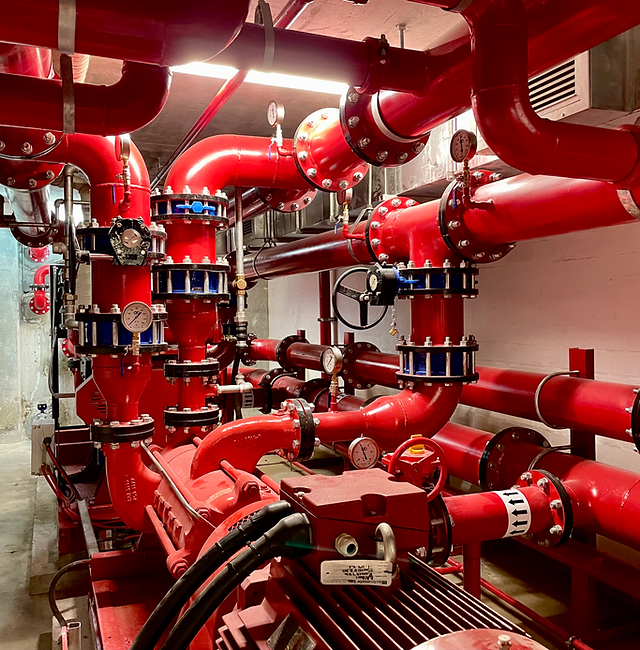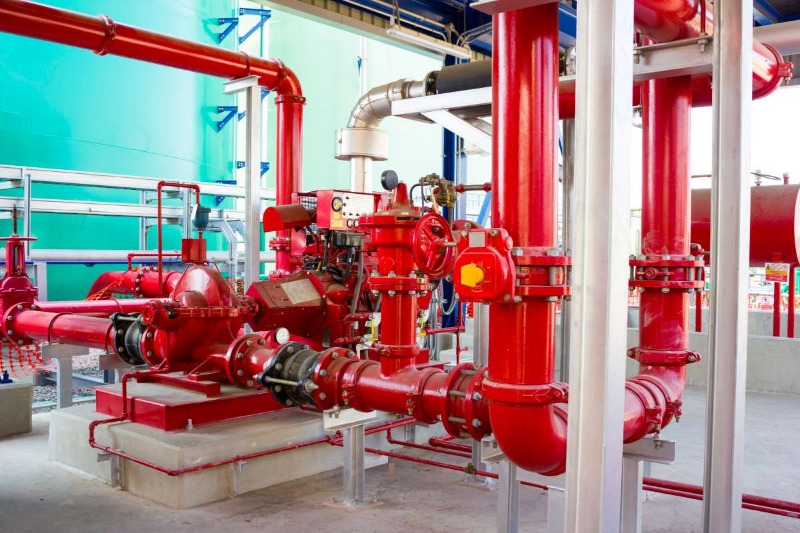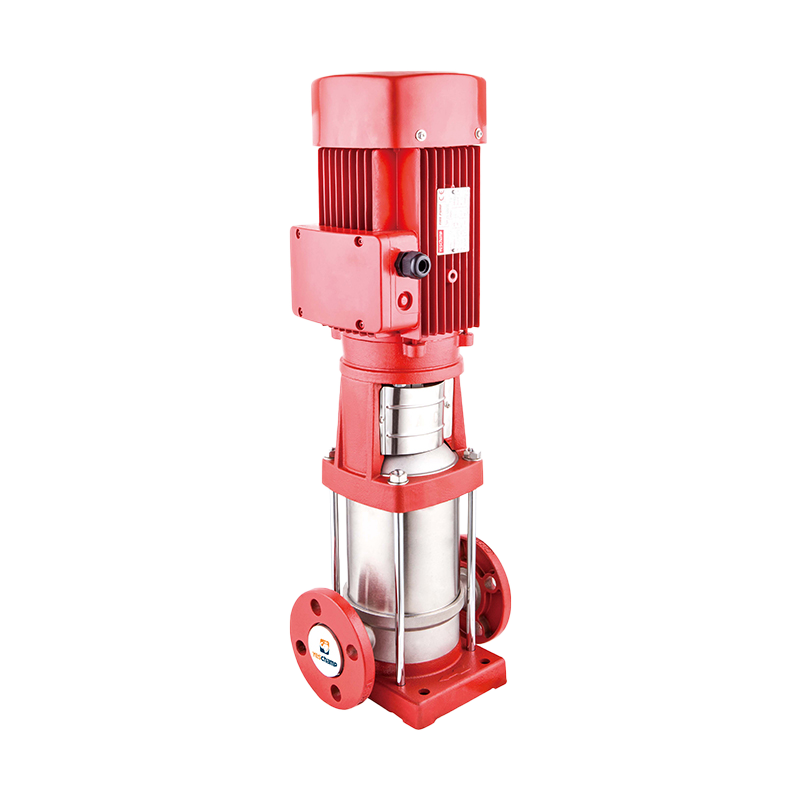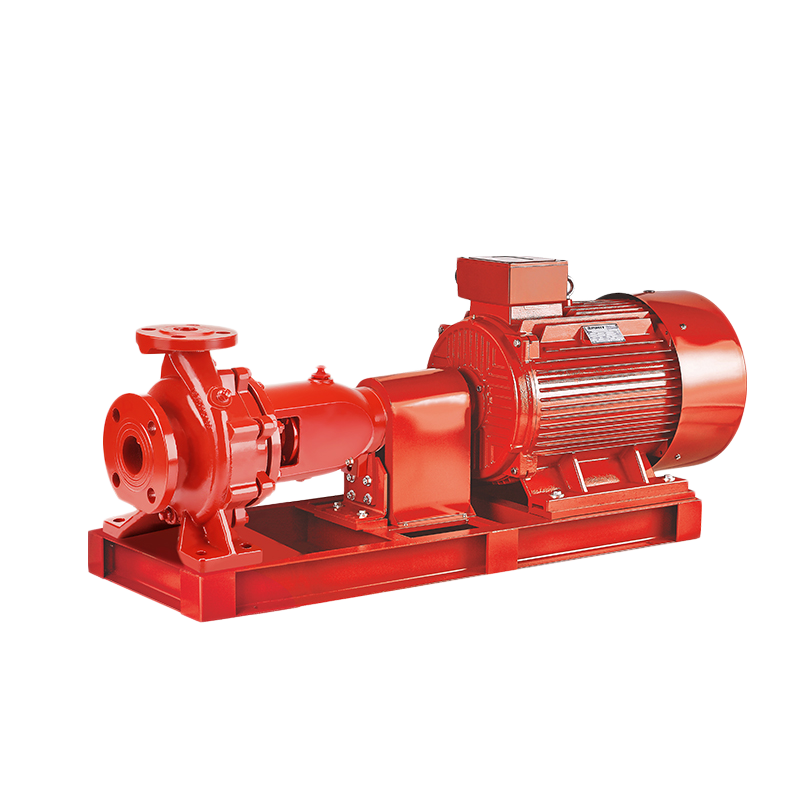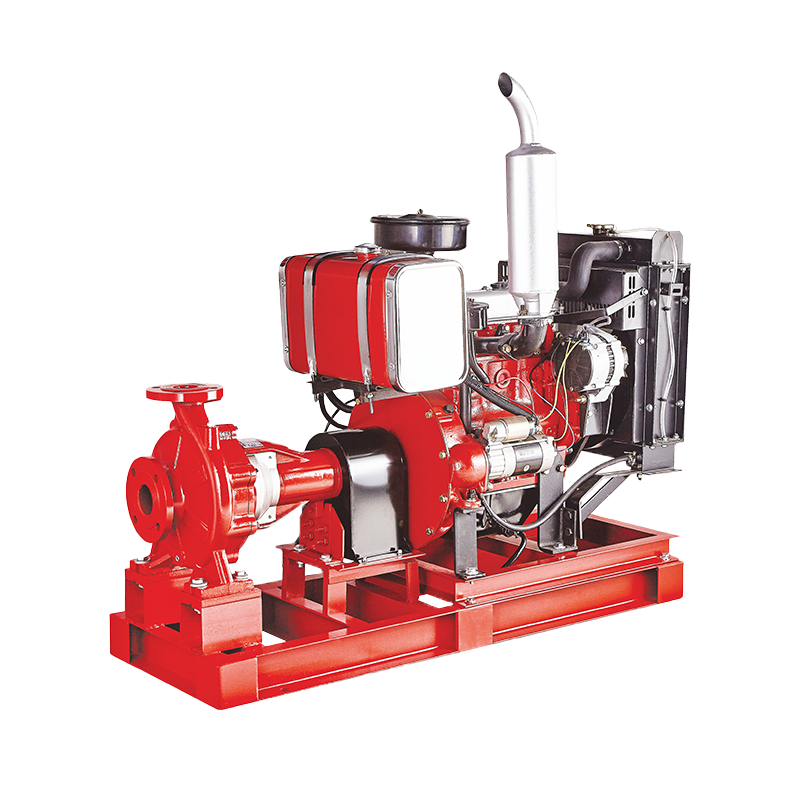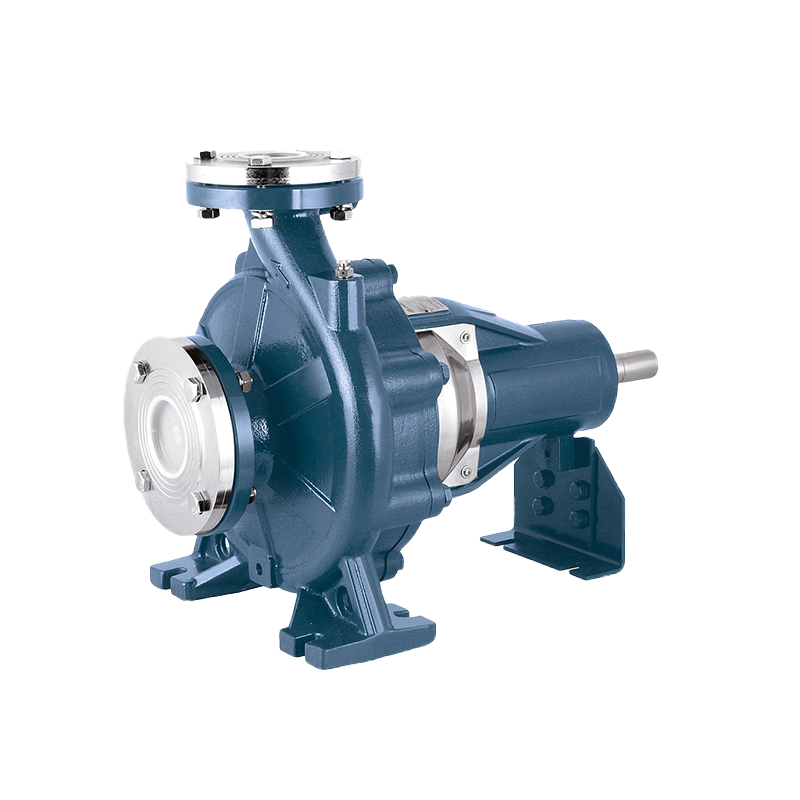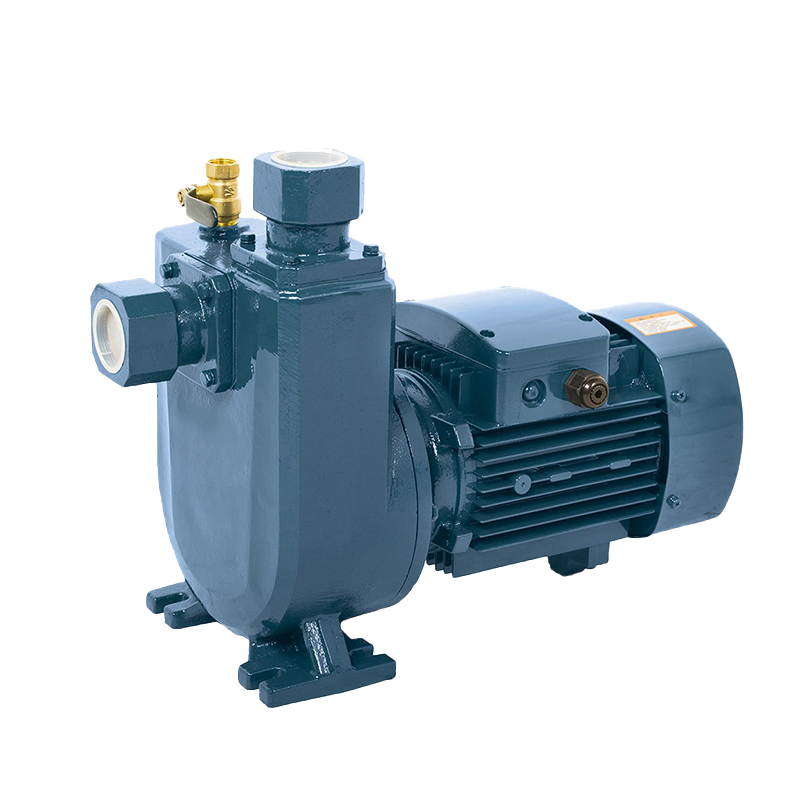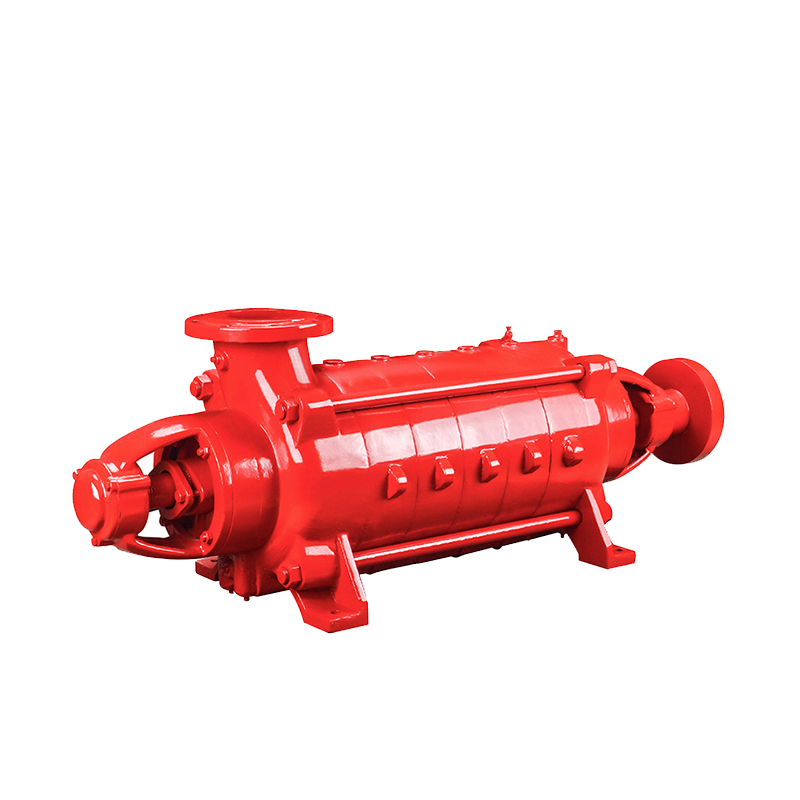Fire Protection System: Ensuring Safety and Security in Every Environment
A fire protection system is a critical safety infrastructure designed to detect, control, and extinguish fires in residential, commercial, and industrial buildings. These systems play a vital role in minimizing fire damage, protecting lives, and ensuring property safety. With advancements in technology, modern fire protection systems are more efficient, reliable, and customizable to meet the unique needs of various environments.
What Is a Fire Protection System?
A fire protection system is a network of devices and equipment designed to detect and respond to fire emergencies. It includes systems for fire detection, alarm notification, suppression, and control. Depending on the application, fire protection systems can be active (e.g., sprinklers, fire extinguishers) or passive (e.g., fire-resistant walls, doors).
These systems are essential for ensuring compliance with fire safety regulations and protecting people, assets, and the environment from fire hazards.
Key Components of a Fire Protection System
A comprehensive fire protection system includes various components that work together to ensure effective fire detection, notification, and suppression. Key components include:
1. Fire Detection Devices
Smoke Detectors: Detect smoke particles in the air.
Heat Detectors: Respond to temperature changes indicating fire presence.
Flame Detectors: Detect infrared or ultraviolet radiation from flames.
2. Fire Alarm Systems
Control Panels: Central hub for monitoring and controlling the system.
Audible and Visual Alarms: Alert occupants to evacuate.
Emergency Communication Systems: Provide instructions during emergencies.
3. Fire Suppression Systems
Sprinklers: Automatically spray water when a fire is detected.
Foam Systems: Disperse foam to suppress flammable liquid fires.
Gaseous Systems: Use inert or chemical gases for fire suppression.
4. Water Supply System
Includes fire pumps, water tanks, and hydrants to ensure a reliable water source for suppression systems.
5. Emergency Lighting and Exit Signs
Guide occupants to safety during a fire evacuation.
How to Choose the Right Fire Protection System
Selecting the right fire protection system is crucial for ensuring safety and compliance. Consider the following factors:
1. Building Type and Size
Assess your facility’s layout and size to determine the appropriate system.
2. Industry Requirements
Choose a system that meets the specific fire risks of your industry.
3. Fire Risks and Hazards
Evaluate the types of materials and equipment in your facility that may pose fire risks.
4. Compliance with Regulations
Ensure the system complies with local fire safety codes and standards.
5. System Maintenance
Opt for a system that is easy to maintain and inspect regularly.
6. Budget and Cost
Balance cost considerations with the level of protection required.
7. Reputable Manufacturer
Choose a trusted supplier offering warranties, technical support, and certified products.
A fire protection system is a vital investment for safeguarding lives, property, and the environment from fire hazards. With a combination of fire detection, alarm notification, and suppression, these systems provide comprehensive protection for residential, commercial, and industrial facilities.
When selecting a fire protection system, consider your facility’s specific fire risks, industry requirements, and regulatory compliance to ensure you choose the right solution. With proper installation and regular maintenance, a fire protection system can provide long-term safety and peace of mind.
 English
English عربى
عربى
 Fire Pump and System
Fire Pump and System Split Case Pump
Split Case Pump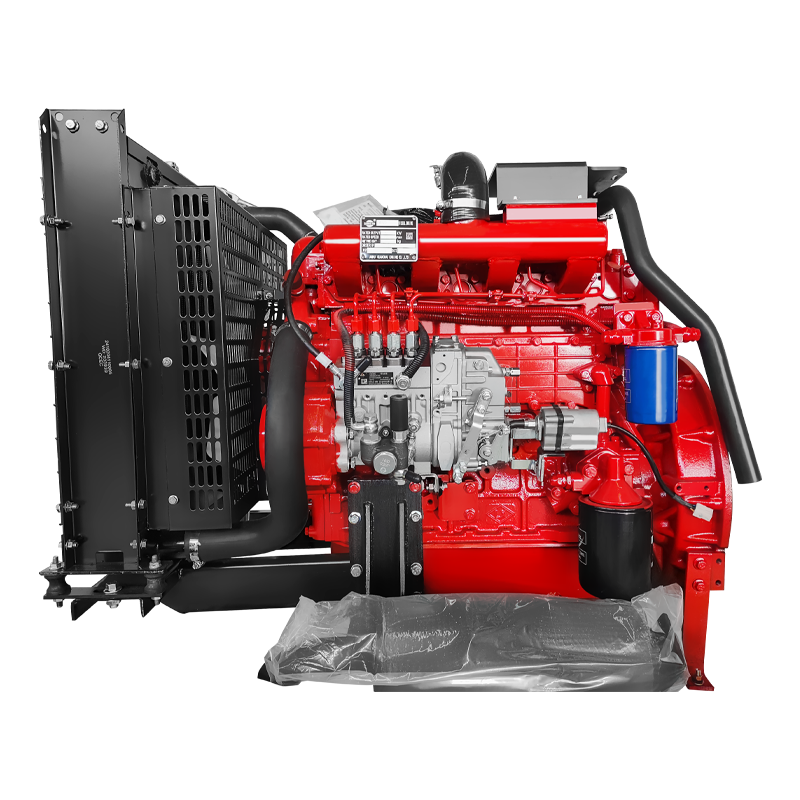 Engine and Pump
Engine and Pump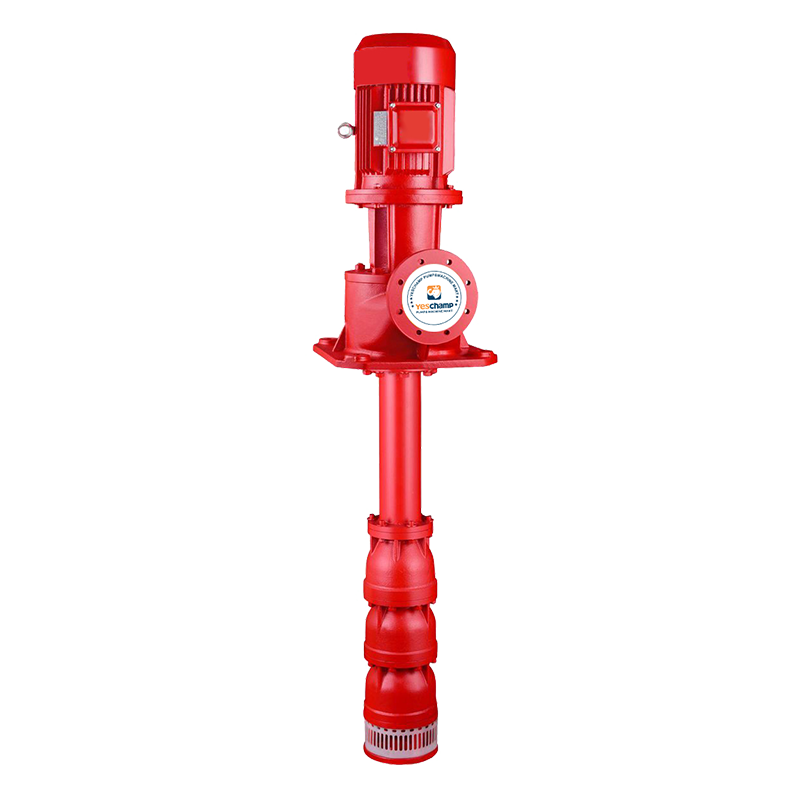 Long Shaft Pump
Long Shaft Pump Multistage pump
Multistage pump Water Supplier System
Water Supplier System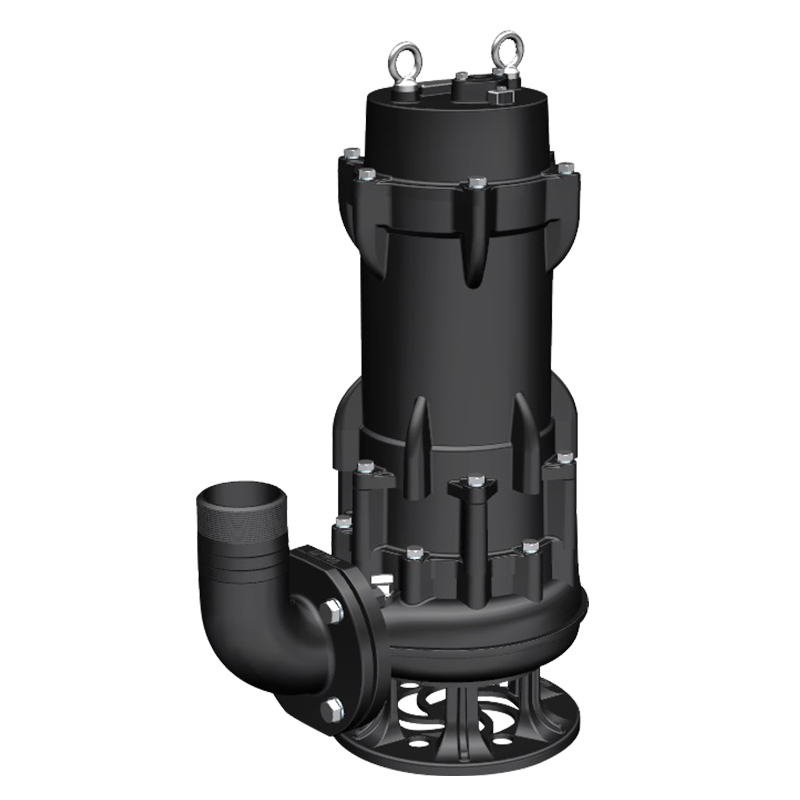 Sewage Pump
Sewage Pump Industrial Pump
Industrial Pump Self-Priming Pump
Self-Priming Pump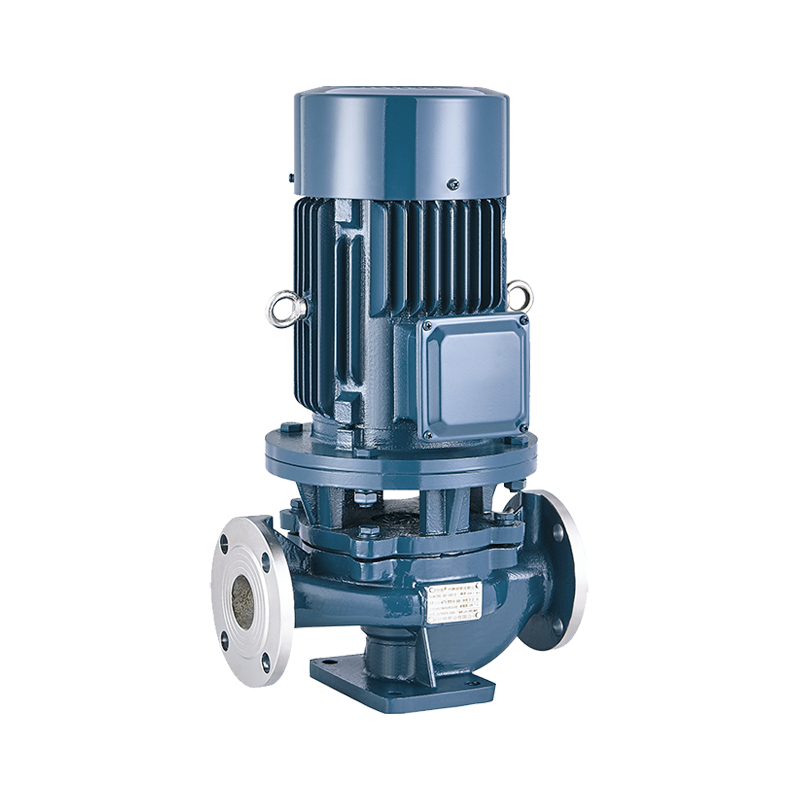 Inline Pump
Inline Pump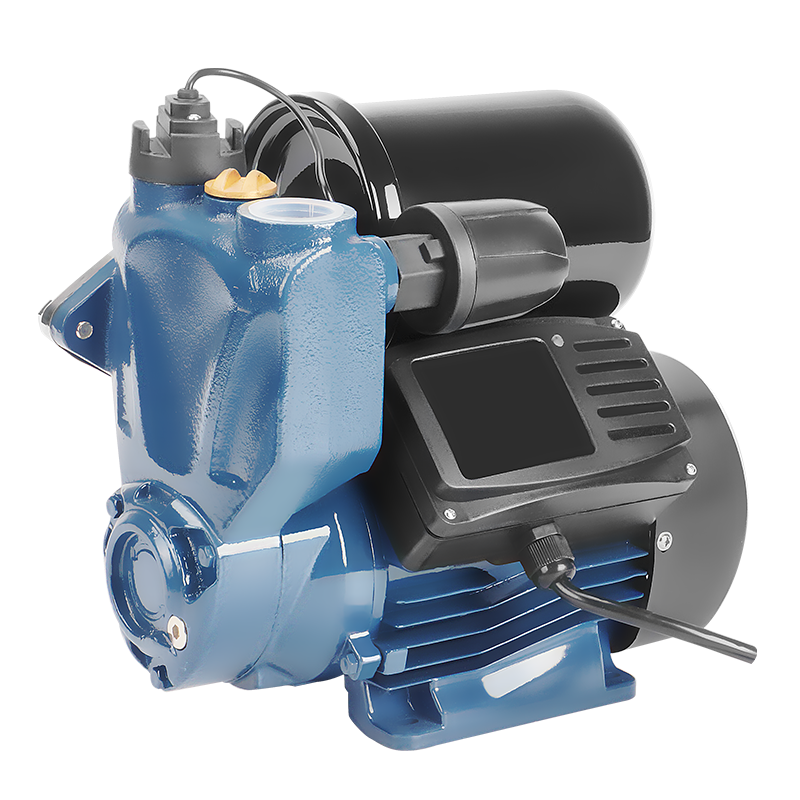 Domestic Pump
Domestic Pump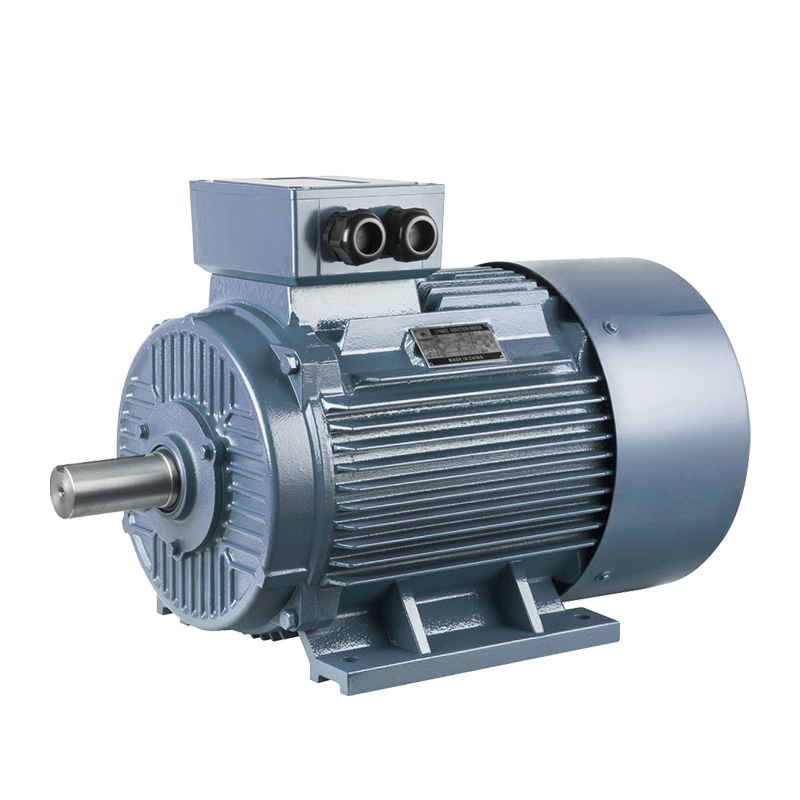 Electric Motor
Electric Motor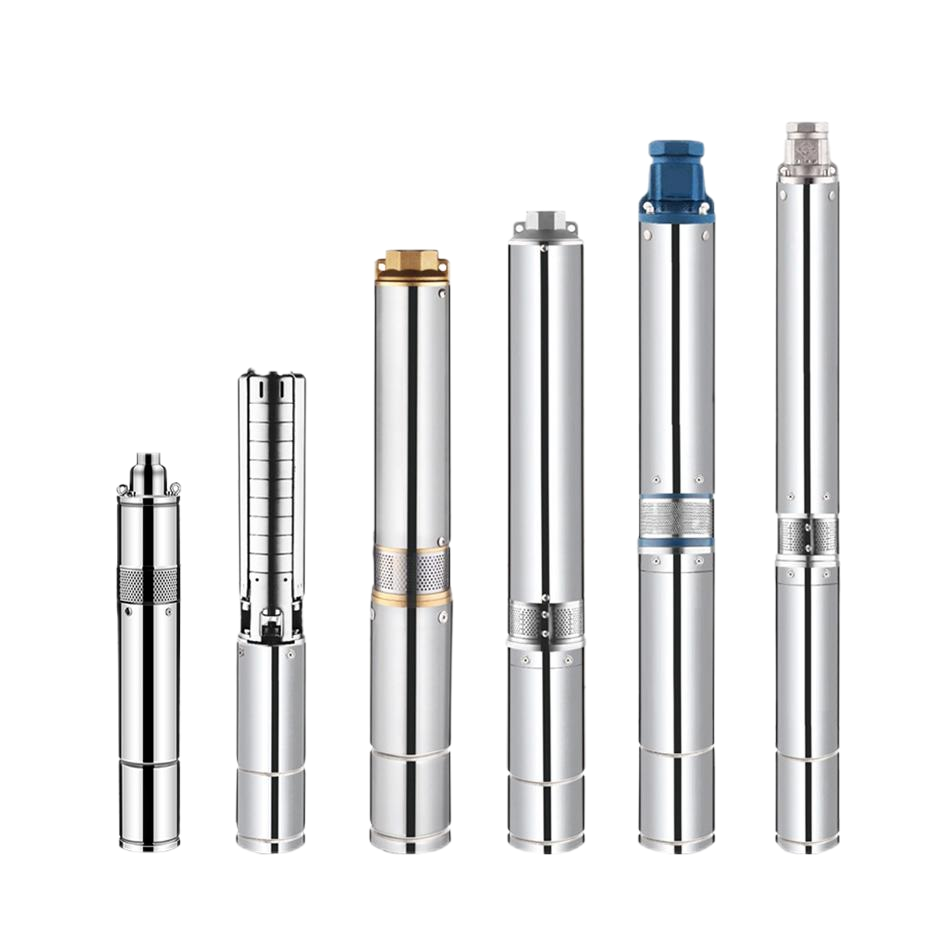 Borehole Pump
Borehole Pump